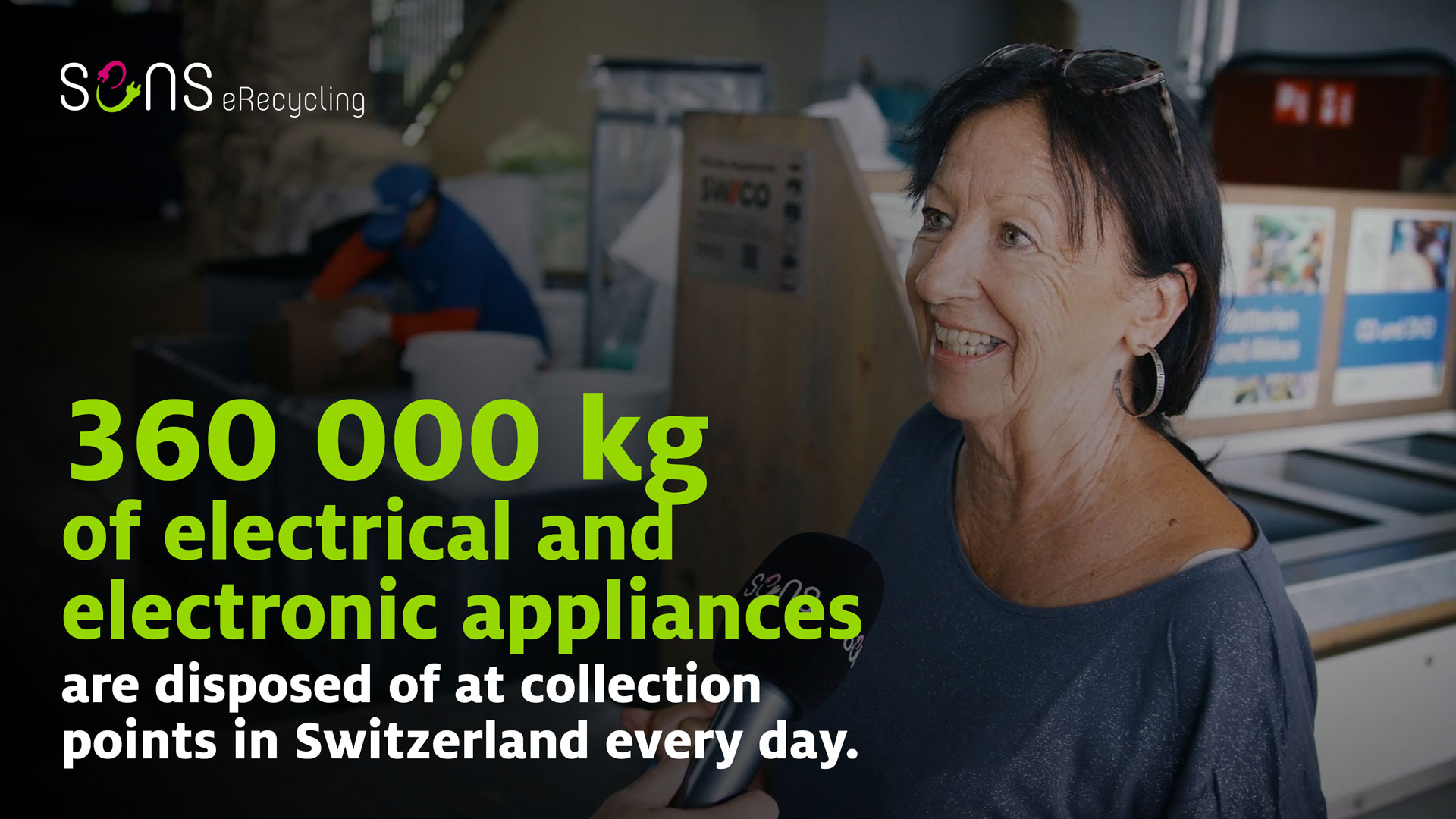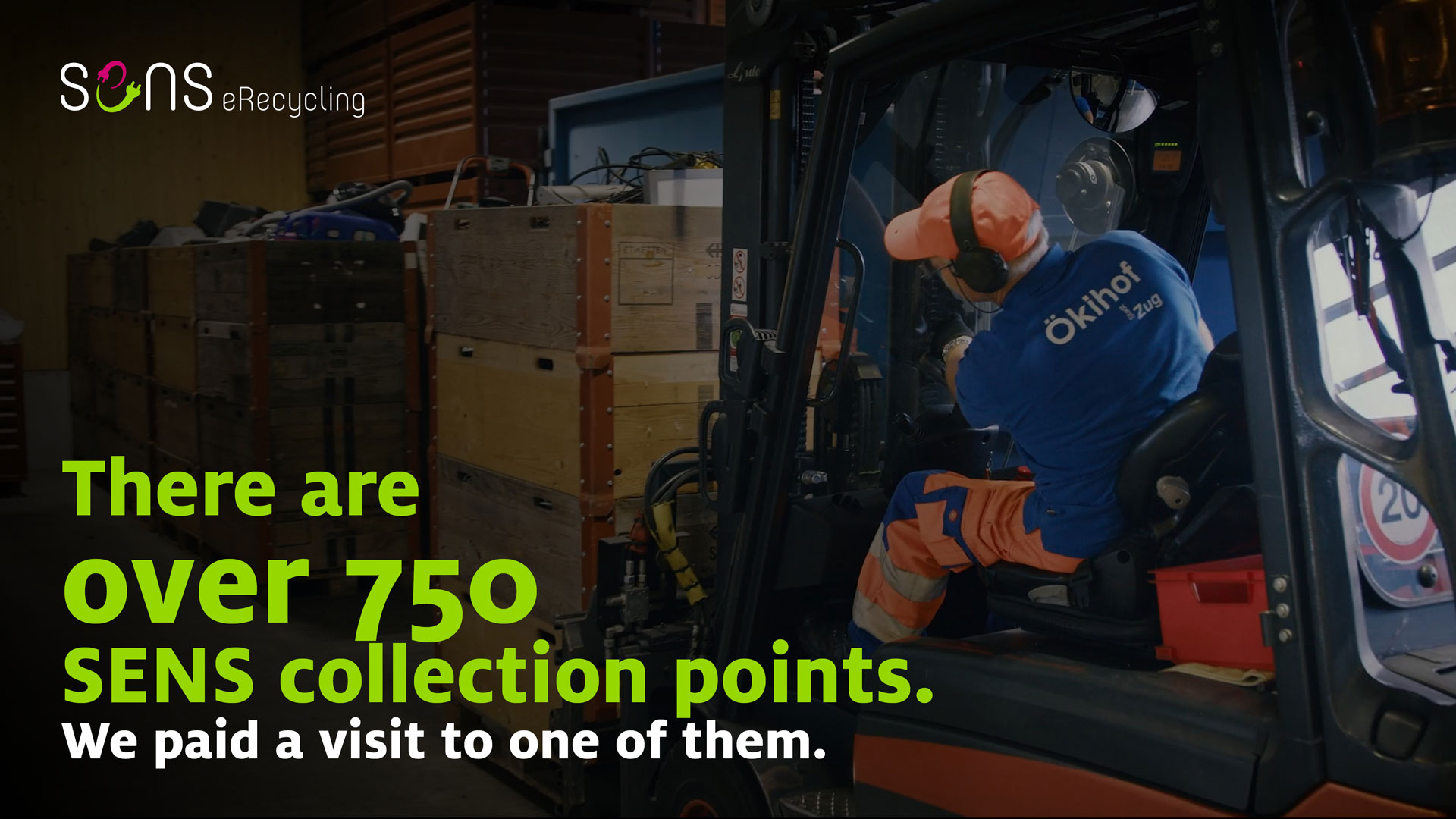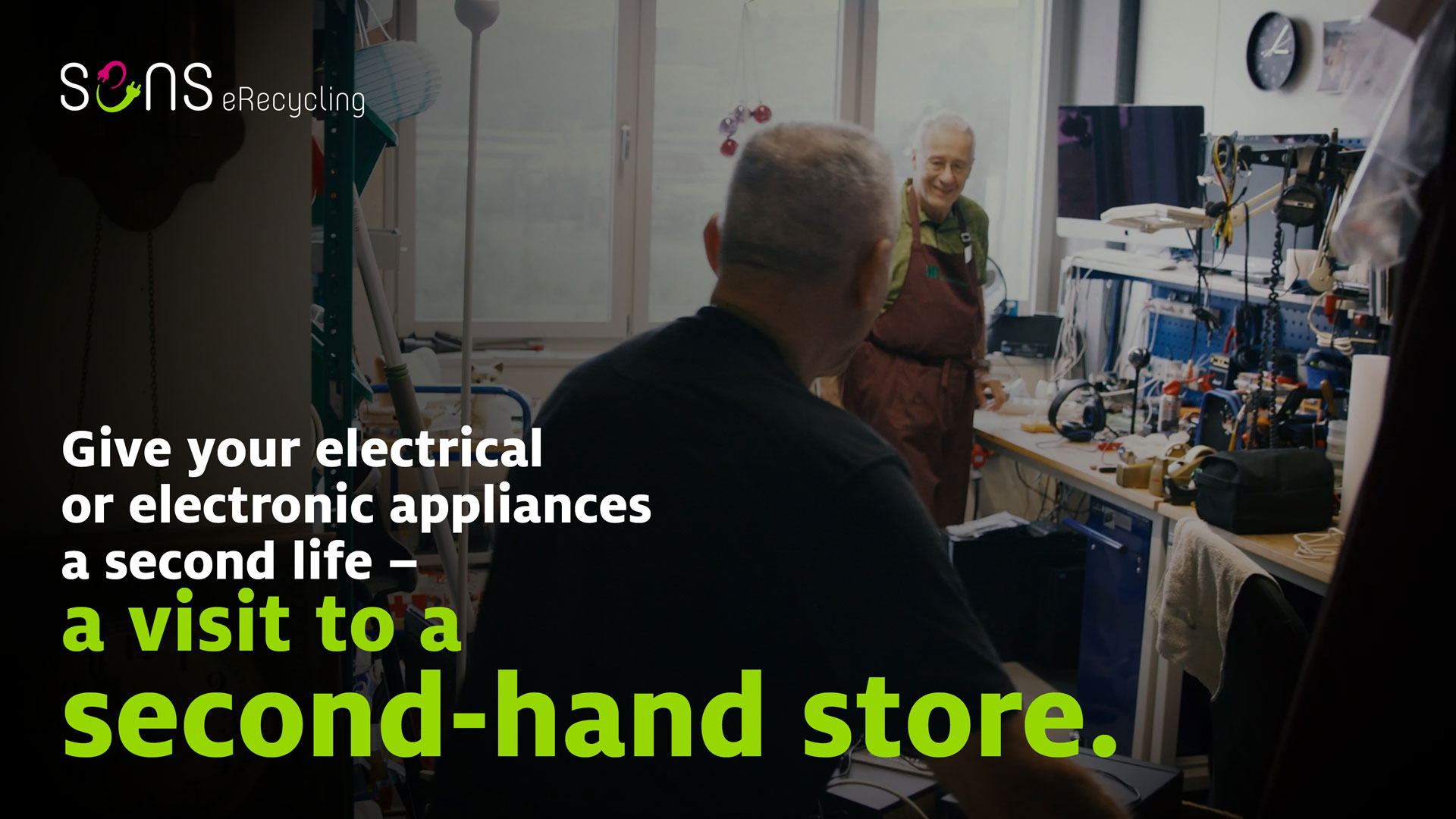International E-Waste Day is an annual awareness campaign launched by the WEEE Forum and its members in 2018. International E-Waste Day takes place every year on 14 October and aims to raise public awareness of the growing problem of electrical and electronic waste and encourage responsible handling of such waste. SENS eRecycling is co-founder of the WEEE Forum, the largest multi-national competence centre that deals with the recycling of Waste Electrical and Electronic Equipment (WEEE).
Every year, 14 October marks International E-Waste Day (IEWD). This day was launched by the WEEE Forum six years ago to raise awareness about the professional recycling of electrical and electronic appliances.
IEWD is becoming more important with each passing year. Electronic waste is by far the fastest-growing waste stream in the world. Since 2010, the amount of electronic waste has grown five times faster than conventional recycling rates. Hardly surprising, considering more and more devices have electronic components – including many that didn’t used to.
It’s hard to believe, but 62 billion kilograms of electronic waste was generated in 2022 alone. It would require 1.55 million lorries to transport this enormous mountain of waste.
This year, IEWD is focusing on the unused electrical and electronic appliances we all have lying around the house. Be completely honest: you have some too, don’t you? Then let us show you how easy it is to free up your home from old and broken electrical and electronic appliances – and how much this helps you reduce environmental pollution, conserve resources, save energy and reduce CO2 emissions.
Our motto: let hoarding be a thing of the past!
Do you have you any idea how many electronic devices you have at home? It’s quite possible you have more than you think. The average European household owns 74 electrical and electronic appliances, 11 of which are no longer in use or are faulty. That’s a pity because your old electrical and electronic appliances do still have a use – provided that you Reuse (sell, share or give them away), Repair or Recycle them properly.
There are two good reasons for putting disused electrical and electronic appliances back into circulation: it not only benefits your fellow humans but also the environment. The reuse or recycling of electrical and electronic appliances no longer in use conserves resources, recovers recyclable materials and safely disposes of hazardous substances. Join in!

Impressive life cycle assessment
Over the past 33 years, professional eRecycling has allowed more than one million tonnes of recyclable materials to be processed in Switzerland. The recovered iron would be enough for 12 new Golden Gate Bridges.
How do you identify an electrical or electronic appliance?
You might consider this a silly question, and the answer may seem obvious: electrical and electronic appliances are devices that are powered by electricity – devices that have a power cable and a plug that can be plugged into a mains socket.
Correct, but that’s not the whole story. Nowadays, it can be hard to tell at first glance whether something is an electrical or electronic device or not, be it e-cigarettes, drones, singing dolls, solar-powered reading lamps or digital BBQ thermometers:
Our checklist helps you quickly and clearly identify electrical and electronic appliances.
It’s so easy to dispose of electrical or electronic appliances
You can dispose of old electronic appliances free of charge at sales outlets or SENS collection points.
You can dispose of electronic appliances free of charge wherever these appliances can be purchased. If a shop sells electric toothbrushes, for example, you can return your broken toothbrush there. It doesn’t matter if you actually bought it at that location. The brand doesn’t matter either. It just needs to be a product of the same type. The shop therefore does not necessarily have to accept a broken vacuum cleaner if they are not sold there.
Alternatively, you can also dispose of electronic appliances at a SENS collection point. There are more than 750 of them in Switzerland, so there’s probably one very close to you. Disposal is free of charge, of course.
What actually happens at a collection point, and what do they do there? We decided to visit one. Our tip: make sure to watch this video!

It couldn’t be any more convenient: dispose of electrical and electronic appliances from home with the Electro Recycling Bag.
You can easily dispose of any electrical or electronic appliance weighing up to 10kg in total from your home using an Electro Recycling Bag. Order an Electro Recycling Bag, fill it – and before you know it, we’ll be picking it up from your front door. It only costs CHF 4.50 per Electro Recycling Bag. That’s how easy recycling can be!
Circular platform: sell, share, repair, dispose
The old espresso machine is faulty, and you haven’t played with your Gameboy for years – yet these devices are still lying around your home. That’s a shame, and they’re of no use to anyone.
There are better things to do with disused electrical and electronic appliances than hoard them. On our circular platform, we show you how to get the most out of your devices and make you and your loved ones happy – while still protecting the environment. Our tip: just give it a try!
Sell, repair or dispose of? Just give us some details about your electrical or electronic appliance on the circular platform, and we’ll show you the best thing to do with it.
Second-hand stores: a second life for used equipment.
Whether you’re looking for perfectly functioning used electrical or electronic appliances or want to sell some, it’s worth visiting one of the many second-hand shops in Switzerland – for you, your wallet and the environment. Would you like to take a look at one? Then let’s go. We paid a visit to a second-hand store.
